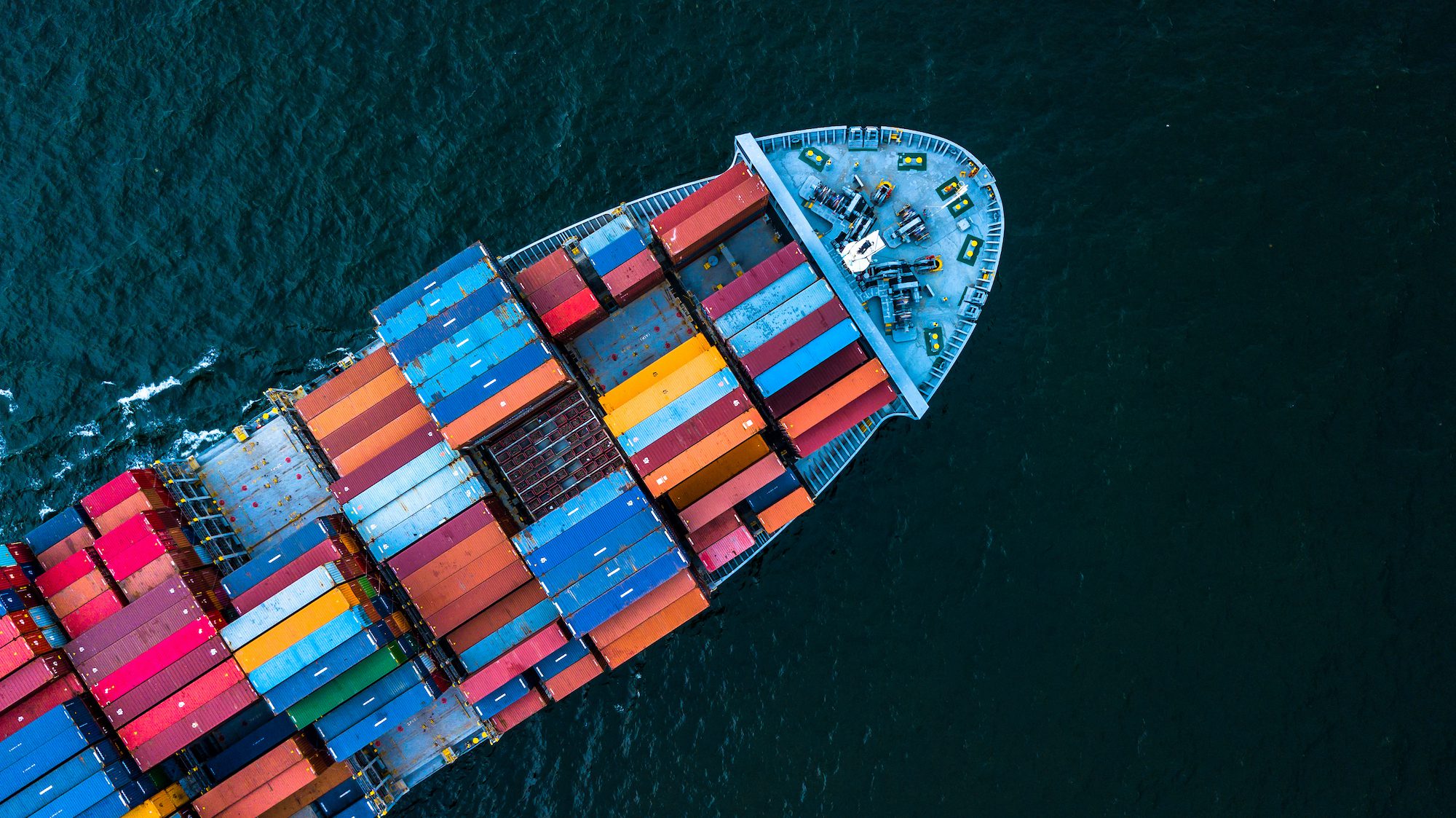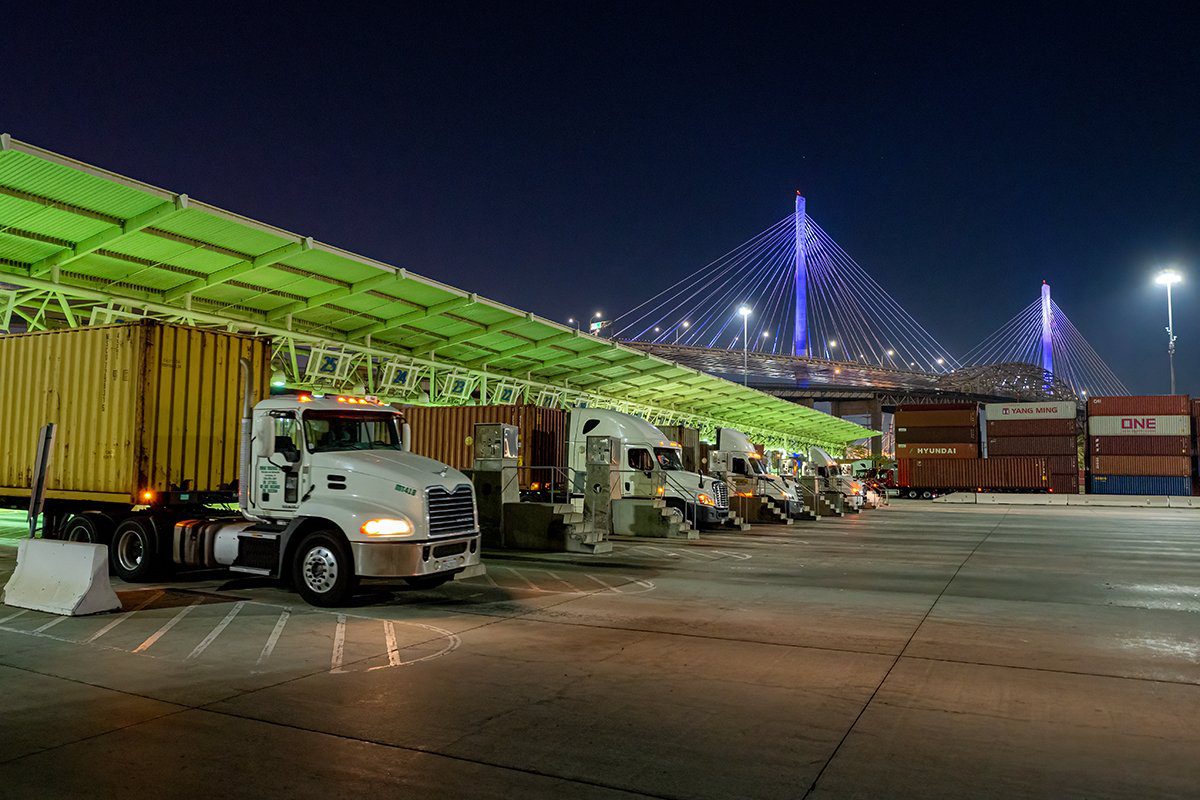By Sybilla Gross (Bloomberg) –For the second season in a row, the stars are favorably aligned for Australian wheat growers — a bumper harvest, a global shortage of one of the planet’s most important foods and world prices near nine-year highs.
Australia is set to ship 24.5 million tons in the coming season, says Rabobank, or near to the highest quantity ever. And another southern hemisphere country, Argentina, is on track to move out 13.5 million tons, also near to an all-time high, according to U.S. Department of Agriculture data. Together, these two nations are likely to account for almost 20% of world exports this season.
The cargoes are sorely needed in a world bereft of the grain used in everything from bread and cakes, to biscuits and bagels. Droughts, frost and heavy rain in key northern hemisphere exporters this year have curbed supplies and sparked a buying frenzy in the Middle East. The surge in prices has helped push global food costs to the highest in a decade, adding to inflation pressures.
Australia’s big customers mostly include Indonesia, Vietnam, China and other countries in the Asia-Pacific region. Indeed, China has been showing an increased appetite for wheat from Down Under this year, despite imposing a raft of trade restrictions on other products from the country, with its purchases jumping 55% in the first nine months of 2021 from a year earlier.
Still, there may be a couple of caveats for Australian grain. While most of the country’s wheat leaves ports relatively seamlessly in bulk carriers, around 10% is shipped in containers, including to Southeast Asia. Containers these days are not usually in the places where they are needed most, and costs have soared.
Related Article: At Port of Los Angeles, More Boxes Leave Empty Than Loaded
‘Fresh Air’
Shipping lines are prioritizing “East-West” routes that service bigger markets between Asia and the West — a challenge for Australian growers on “North-South” lanes attempting to lock in containers for grain, according to Neil Chambers, director of the Container Transport Alliance Australia. Some containers in Australia are being sent to Asia empty. “The biggest export commodity out of the port of Melbourne is fresh air inside containers,” he said.
The second caveat is the impact of rain on the quality of some of the Australian grain. There’s a “material risk” of quality downgrades to the national crop especially in the southern regions on the east coast, according to Rabobank’s senior commodities analyst Cheryl Kalisch Gordon.
Producing regions along the east and west coasts have been drenched with heavy downpours, and the expected arrival of another La Nina will likely keep things wetter than normal. Growers may have to invest more heavily in extra logistics to expedite the harvest, Kalisch Gordon said.
© 2021 Bloomberg L.P.
Unlock Exclusive Insights Today!
Join the gCaptain Club for curated content, insider opinions, and vibrant community discussions.

 Join The Club
Join The Club













